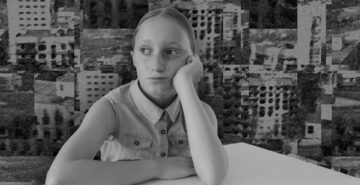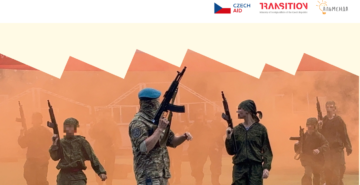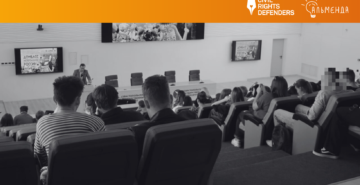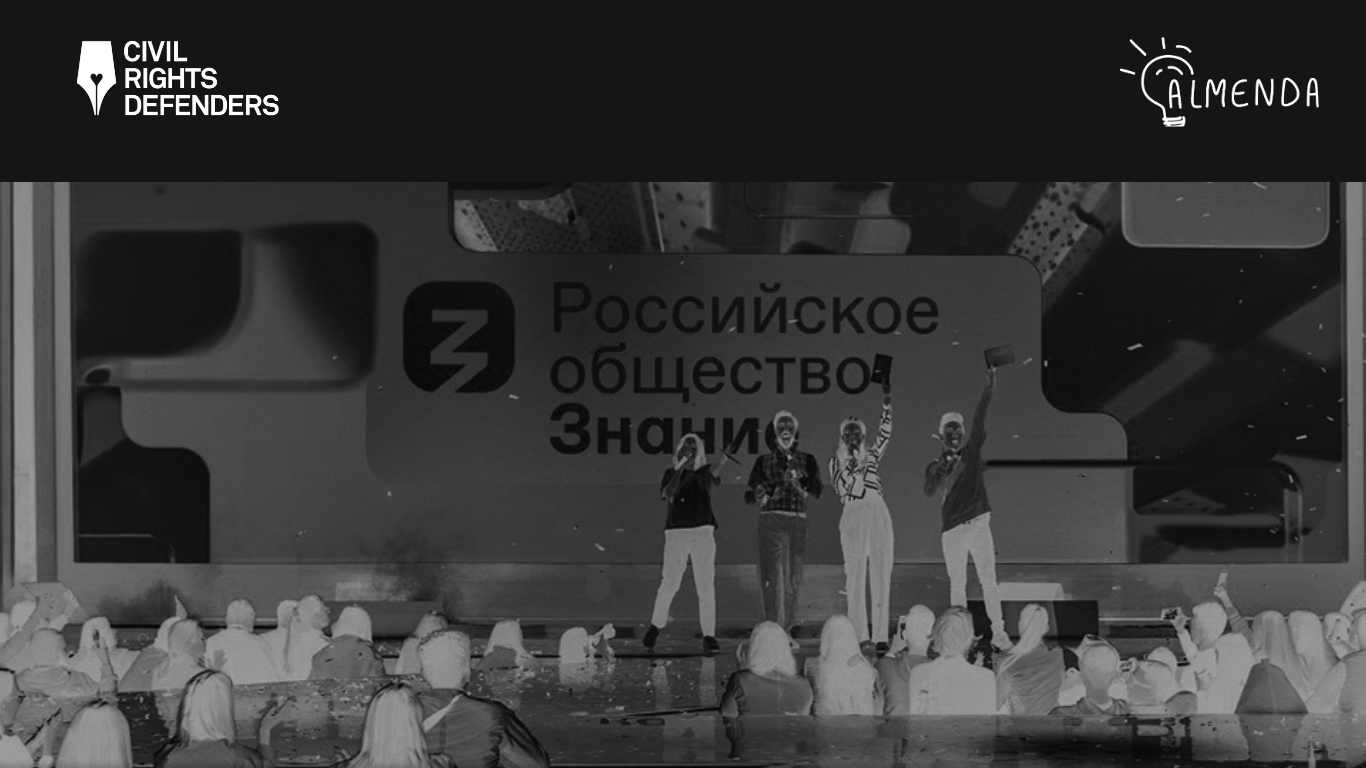

Eradication of Identity under the Guise of Security: How Russia Legitimises Russification through a Course on Countering Neo-Nazism
With the start of the full-scale invasion, the Russian Federation (hereinafter – the RF) has intensified its control and pressure over any expression of dissent, formally presenting its policy as a “fight against terrorism and extremism”. In practice, both within the RF and in the temporarily occupied territories (hereinafter – the TOT), this instrument is used as a means of systematically persecuting those who disagree with government policy, as well as suppressing expressions of Ukrainian cultural, linguistic, historical and national identity, including among children and young people. One of the key actors in this policy is the Russian Society “Znanie” (from the Russian for “Knowledge”; hereinafter – the Society, “Znanie”), which has already been sanctioned by Ukraine, the European Union and Switzerland.
One of the Society’s areas of activity is organising lectures and themed courses. In particular, as part of the so-called “fight against extremism”, “Znanie” has developed a course titled “Prevention of the Spread of Neo-Nazi Ideology among Children and Young People” (hereinafter – the Course), which in practice aims to equate pro-Ukrainian views with “neo-Nazism” and to instil loyalty to Russian state ideology among children and young people from the TOT, while eradicating their Ukrainian identity.
Who is the course aimed at?
The target audience for the course includes:
- teachers (who, according to the organisers, will learn methods of preventing neo-Nazism and integrate this preventive work into the educational process),
- education advisers (who are expected to learn how to organise activities and work with young people to prevent extremist ideologies),
- youth sector specialists (who are expected to be able to design and implement programmes and projects aimed at preventing the spread of ideology of neo-Nazism).
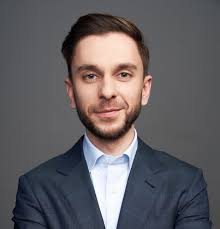

According to Maksim Dreval, Director General of “Znanie”, this course ranks second in popularity on the Society’s platform, with more than 62,000 participants of various age groups – from 14 to 69 years old. Notably, 72% of the attendees are teachers.
In the image – Maksim Dreval, Director General of the Russian Society “Znanie”. Source – https://youth.rigf.ru/bio00630, archive: https://archive.ph/wip/hSz9l.
It is worth noting that this course and other propaganda materials produced by “Znanie” are widely distributed in the TOT. Among the activities held on a regular basis are “anti-terrorist” events, under the guise of which the occupation authorities seek to instil in young people from the TOT a hostile attitude towards Ukraine, Ukrainian organisations and the Armed Forces of Ukraine.
Who created this course?
The course “Prevention of the Spread of Neo-Nazi Ideology among Children and Young People” was developed by representatives of “Znanie” in cooperation with experts from the National Centre for Information Counteraction to Terrorism and Extremism, with the participation of Russian academics. The composition of the lecturers – including a former intelligence officer, staff of anti-terrorist centres, and a representative of the occupation authorities of Kherson region – confirms that the course is a tool of state policy rather than a mere educational initiative.
What does the course contain, and how is Ukraine involved?
The course “Prevention of the Spread of Neo-Nazi Ideology among Children and Young People” uses standard educational techniques: vivid illustrations, video materials and methodological recommendations for teachers. The lecturers speak in a calm and trusting tone, emphasising key points, while the main Russian narratives are repeated across different modules to reinforce them in the listeners’ minds. This approach, based on constant repetition of ideological messages, is typical of the Russian Federation, where education is used as a tool of political and ideological propaganda.
The course consists of eight modules divided into twenty topics, several of which relate directly to Ukraine. The list of topics includes:
- The Essence of Neo-Nazism: Concepts and Characteristics. Types of Neo-Nazism.
- Russophobia as a Component of Neo-Nazi Threats to Russia.
- Ukrainian Nationalism and Neo-Nazism: The History of Their Formation.
- Modern Forms of Neo-Nazism in the Territory of Ukraine.
- Reasons for Conducting the ‘Special Military Operation’ in the Interests of Russia’s National Security.
- Contemporary Historical Myths in Ukrainian Nationalist Propaganda.
- Neo-Nazi Movements on the Internet: Propaganda.”
- Neo-Nazi Movements on the Internet: Involvement in Unlawful Activities.
- Legislation on Countering Terrorism and Extremism.
- Legislation on the Preservation of Historical Memory.
- Prevention: Essence, Types and Tools.
- Prevention: Formats of Work and Key Approaches in Modern Conditions.
- Risk Groups: Concepts and Types.
- Indicators of Susceptibility to Destructive Influence.
- Specifics of Working with Children from the New Subjects of Russia and with Ukrainian Youth from Territories Controlled by the Kyiv Regime.
- List of Stakeholders Involved in Preventive Work among Young People.
- Non-Profit Organisations in the Field of Prevention.
- The Role of the Lecturer in Prevention and Education.
- Preventive Content: Creation and Dissemination on the Internet.
- Opinion Leaders in Educational and Preventive Work among Young People.
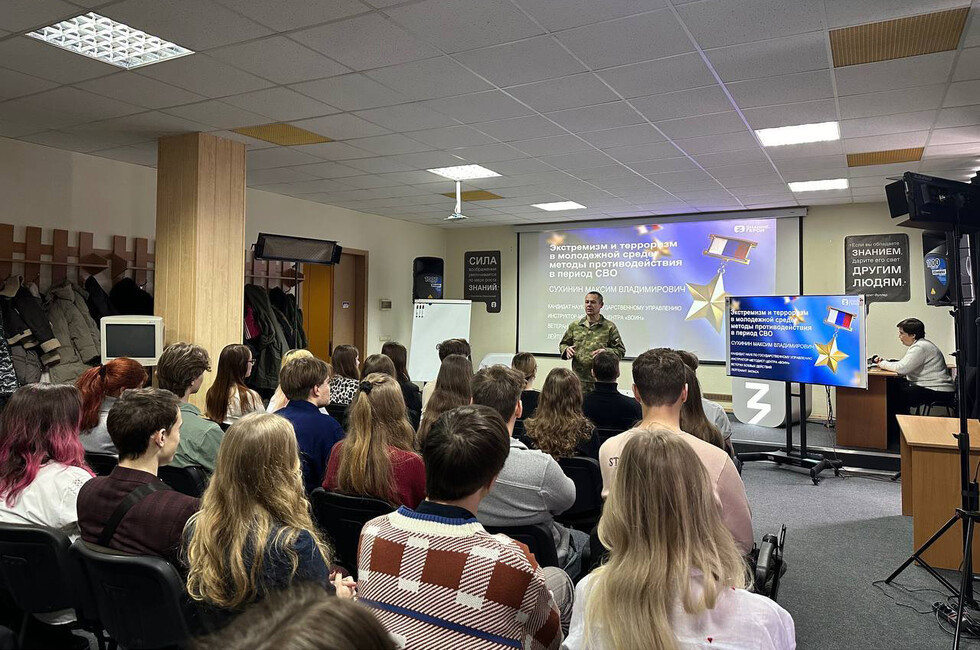

What narratives form the basis of Russian propaganda?
Overall, the main narratives running through the course can be divided into four blocks:
Block 1. Delegitimisation of Ukrainian statehood
Основний посил — український націоналізм прирівнюється до неонацизму, а українська держава представляється як штучне утворення, створене ворогами Росії.
The key message is that Ukrainian nationalism is equated with neo-Nazism, while the Ukrainian state is portrayed as an artificial entity created by Russia’s enemies.
These ideas are reflected in the course topics “The Essence of Neo-Nazism”, “Ukrainian Nationalism and Neo-Nazism: The History of Their Formation”, and “Modern Forms of Neo-Nazism in the Territory of Ukraine”.
Main narratives (quotes from the course):
“In Ukraine, Russophobia gradually evolved from an encouraged social practice into an integral part of state policy, which ultimately led to the geopolitical disintegration of the country”.
“In 2014, a coup d’état took place in Kyiv, in which far-right radicals and nationalists played an active role”.
“Ukrainian nationalism has finally transformed into Russophobic, chauvinistic neo-Nazism and set itself in opposition to the entire Russian civilisation”.*
*Translation into Ukrainian of quotes from the topics “Russophobia as a Component of Neo-Nazi Threats to Russia” and “Modern Forms of Neo-Nazism in the Territory of Ukraine”.
This block employs the propaganda technique of “inversion”: the victim of aggression (that is, Ukraine) is portrayed as the aggressor, while the occupying state (the Russian Federation) is depicted as the defender. It also uses terms such as “Kyiv regime” and “coup d’état”, aimed at instilling in the audience the perception of the Ukrainian government’s illegitimacy and discrediting democratic processes. Particularly dangerous is the imposition of these narratives on children, who, due to their age, lack the critical skills needed to challenge them.
Block 2. Justifying Russian aggression
The main message is that the Russian invasion is portrayed as a forced defensive step against the “neo-Nazi threat” and NATO expansion.
These ideas are reflected in the course topics “Reasons for Conducting the ‘Special Military Operation’ in the Interests of Russia’s National Security”, “Contemporary Historical Myths in Ukrainian Nationalist Propaganda”, and “Ukrainian Nationalism and Neo-Nazism: The History of Their Formation”.
Main narratives:
“The successive presidents of Ukraine, Poroshenko and Zelensky, deliberately moved towards initiating a full-scale war. … Society became militarised. The Armed Forces of Ukraine were deliberately supplied with weapons. NATO missions appeared in Ukraine. The decision of the President of Russia to carry out a ‘special military operation’ became, in effect, an inevitability that prevented a large-scale slaughter planned for the residents of Crimea and Donbas”.
“… Russia is fighting for a new security system, despite possible aggression from the West. Our ultimate goal of the ‘special military operation’ is the deep transformation of Western elites, their mentality, and the defeat of the US deep state — those US elites set on confronting Russia. We must form in them an understanding of reality: that Russia is a juggernaut that cannot be stopped. This is a long process, and it will not end with victory over Ukraine and its armed forces”.*
*Translation into Ukrainian of quotes from the topics “Ukrainian Nationalism and Neo-Nazism: The History of Their Formation” and “Reasons for Conducting the Special Military Operation in the Interests of Russia’s National Security”.
This block is based on the victimisation of the aggressor and the distortion of cause-and-effect relationships. The war is portrayed not as an attack on a sovereign state but as an act of “preventive defence”. The “juggernaut” rhetoric reveals the imperialist nature of Russia’s ambitions. For children, such messages foster a distorted understanding of international law and moral principles.
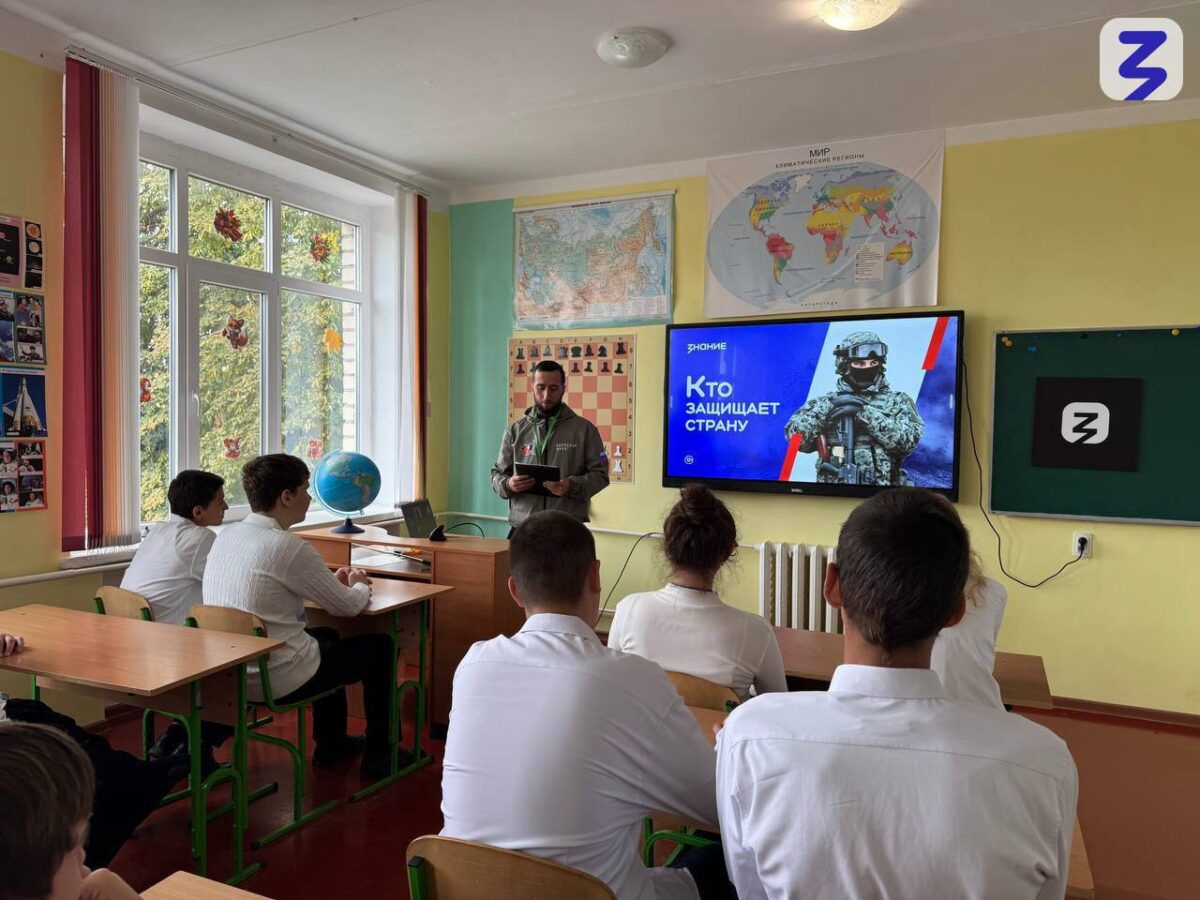

Block 3. Forced russification
The main message is that children and young people from the TOT supposedly require “deradicalisation” and a “return to traditional Russian identity”.
These ideas are reflected in the course topics “Risk Groups”, “Specifics of Working with Children from the New Subjects of Russia”, and “Indicators of Susceptibility to Destructive Influence”.
Key narratives:
“The population of the new subjects of the Russian Federation … allowed the full penetration of Ukrainian radical nationalism into the education and enlightenment system. Therefore, for this category of people, the issue of deradicalisation and integration into Russian society on the basis of legal, historical and cultural heritage is of particular urgency, as well as overcoming Russophobia and the narratives of Ukrainian nationalism”.
“It is necessary … to help them rethink the past and rebuild their identity – or rather, to restore their traditional Russian identity”
“It is important to demonstrate effectively that the Ukrainian youth has a future only as part of Russia, while all that Ukraine can offer them is destruction, suffering, poverty and the erasure of traditional values”.*
*Translation into Ukrainian of quotes from the topics “Risk Groups: Concepts and Types” and “Specifics of Working with Children from the New Subjects of Russia and with Ukrainian Youth from Territories Controlled by the Kyiv Regime”.
This section is the most dangerous from the perspective of children’s rights. It legitimises the systematic eradication of Ukrainian identity under the guise of “psychological help”. The concept of “traditional Russian identity” and “deradicalisation” for Ukrainian children in practice amounts to indoctrination and the erasure of national self-identification.
Section 4. Constructing the image of a “collective enemy”
The main message is that the West is portrayed as the primary threat that controls Ukraine and seeks to destroy Russia and its values.
These ideas are presented in the course topics: “Indicators of Susceptibility to Destructive Influence”, “Neo-Nazi Movements on the Internet”, “Prevention: Essence, Types and Tools”, and “Prevention: Formats and Key Approaches in the Modern Context”.
Main narratives:
“The collective West’s aggression against Russia manifests itself not only in the form of economic sanctions and the financing of the Kyiv regime, but also in provoking separatism, involving young people in terrorist, extremist and subversive activities, … and in shaping among the younger generation a rejection of the Russian state and its actions both domestically and internationally”.
“The main task of the Ukrainian intelligence services … is to undermine Russian statehood and provoke internal civil confrontation”
“Indicators of ‘destructiveness’ include publications containing statements or other content aimed at dehumanising the image of the Russian soldier, as well as discrediting the Armed Forces of the Russian Federation, … publications that disseminate the views of ‘foreign agents’ and opinion leaders who adhere to a pro-Ukrainian or Western agenda. It may also include subscriptions to pro-Ukrainian communities”.
The information presented in this block demonstrates that any manifestation of critical thinking or alternative views in Russia is classified as a “hostile influence”. Such a broad interpretation of “indicators of extremism” enables pressure and repression against all dissenting voices.
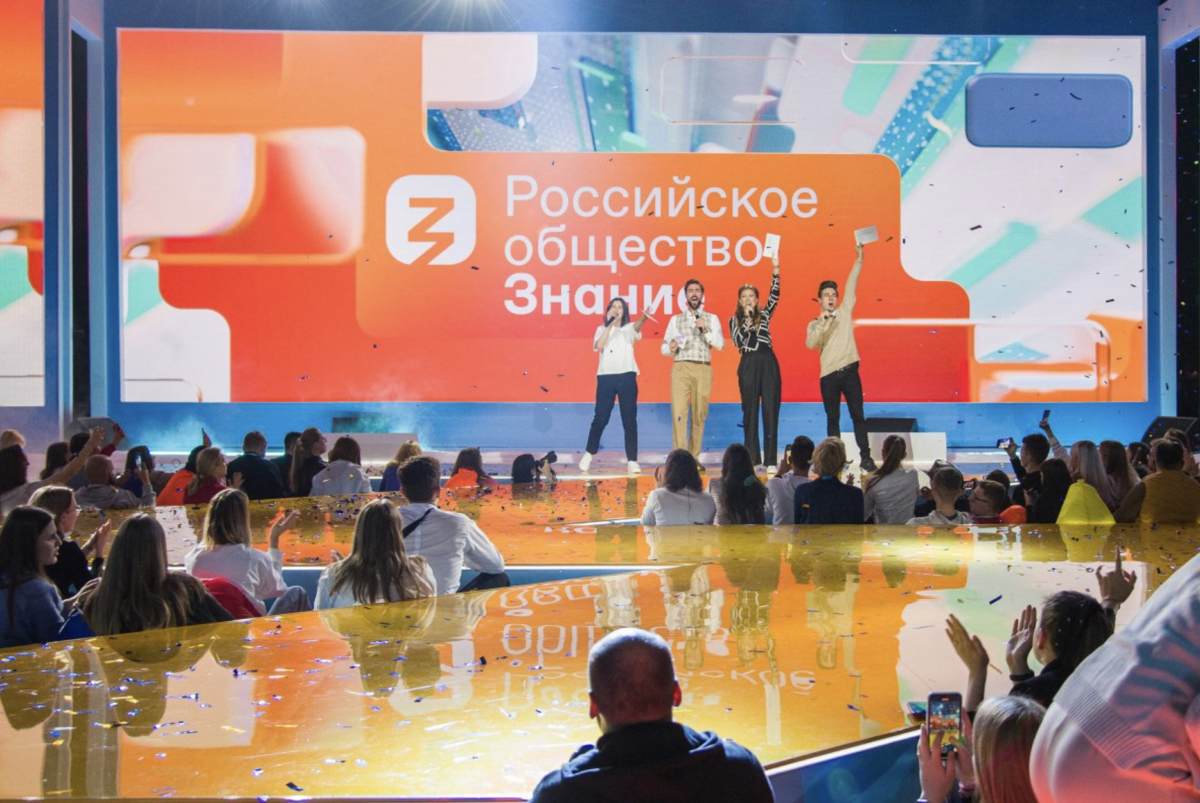

What threat does the course pose to Ukraine?
The course “Prevention of the Spread of Neo-Nazi Ideology among Children and Young People” developed by the Society “Znanie” is an example of the systemic use of educational tools to advance the Russian Federation’s geopolitical objectives. An analysis of the course content reveals four key strategic directions:
- portraying Ukraine as the enemy – Ukrainian patriotism is labelled as “neo-Nazism”, while Ukraine itself is presented as an artificial state created by Russia’s enemies;
- justifying the war – the Russian invasion is depicted as “defence” against alleged Ukrainian threats, reversing the roles of victim and aggressor;
- forced russification of children – under the guise of “help” and “rehabilitation”, children are compelled to forget Ukrainian culture and become Russian;
- search for enemies – anyone who criticises Russia or supports Ukraine is labelled an “extremist”.
The course employs deceptive techniques – it manipulates meanings, instils fear through imaginary threats, and hides behind pseudo-scientific justifications. Under the guise of “combating extremism”, the Russian Federation is carrying out systematic ideological indoctrination of children and young people in the temporarily occupied territories, aimed at eradicating Ukrainian identity and fostering loyalty to the aggressor state.
Such practices have not only ideological but also deep demographic consequences. The ongoing russification and propaganda put Ukraine at risk of losing an entire generation of children and adolescents who grow up without identifying with Ukrainian culture, language or statehood. This is more than a question of identity; it is a question of the country’s future, as the loss of a generation means the loss of human, intellectual and economic potential, which form the foundation of Ukraine’s recovery and development.
This course is not merely a propaganda tool; it forms part of the aggressor state’s policy aimed at the long-term weakening of the Ukrainian nation.
Material was prepared by the Center for Civic Education “Almenda” within the framework of the project “Defending Identity: Protecting Ukrainian Children in Occupied Territories”. The content of this document is the sole responsibility of the Public Organization “Center for Civic Education “Almenda” and does not necessarily reflect the position of Civil Rights Defenders.

